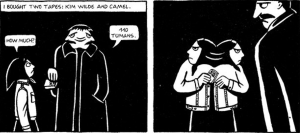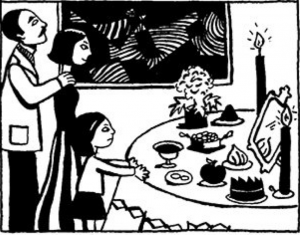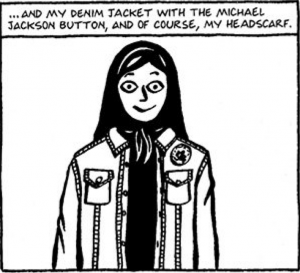Recently in our ASTU class we have been reading lots of poetry. The last book we read was This Connection of Everyone with Lungs by Juliana Spahr. It is a book of two poems written after 9/11 up to the United States invading Iraq. In her first poem, A poem written after September 11/2001, Spahr hypnotizes the reader in a repetitive form that mimics the rhythm of breathing as
“everyone with lungs breathes the space in and out as everyone with lungs breathes the space between the hands in and out as everyone with lungs breathes the space between the hands and the space around the hands in and out.” (4)
She focuses on each individual’s connection to the world and our connection to those other individuals around us. A connection of everyone that is both “lovely” and “doomed”. The poem articulates the idea of radical interconnectedness upon which the rest of the book depends. It preforms this through a slow zoom-out, starting from the microscopic level of “cells, the movement of cells and the division of cells” to the global scope of “the space of the cities and the space of the regions and the space of the nations and the space of the continents and islands”.
The second section, Poems written from November 30, 2002, to March 27, 2003, is a collection of poems divided by separate yet connected dated sections. It focuses more on the day to day news and the ordinary way it’s displayed. This poem does the work of dealing with the consequences from the first poem. That is, if “everyone with lungs” is connected in a “lovely” and “doomed” global form, what does this mean? If we can successfully think of the whole earth as a system, what does it mean when part of that system is attempting to kill a different part of that system? Is it possible to love all of humanity when some of the humans that we’re connected to behave in such terrible ways? Is a person killed by the IDF in Gaza important? What about someone killed in the Bureij refgee camps? What about Jay-Z? If you make your own bed a place of “connected loving” what relevance does this have to the world? How can you seriously consider these questions in a world at war? Although Spahr’s book does not answer these questions, I believe they are the right ones to be asking.
Spahr, Juliana. This Connection of Everyone with Lungs. Berkeley: University of California Press, 2005. Print.


